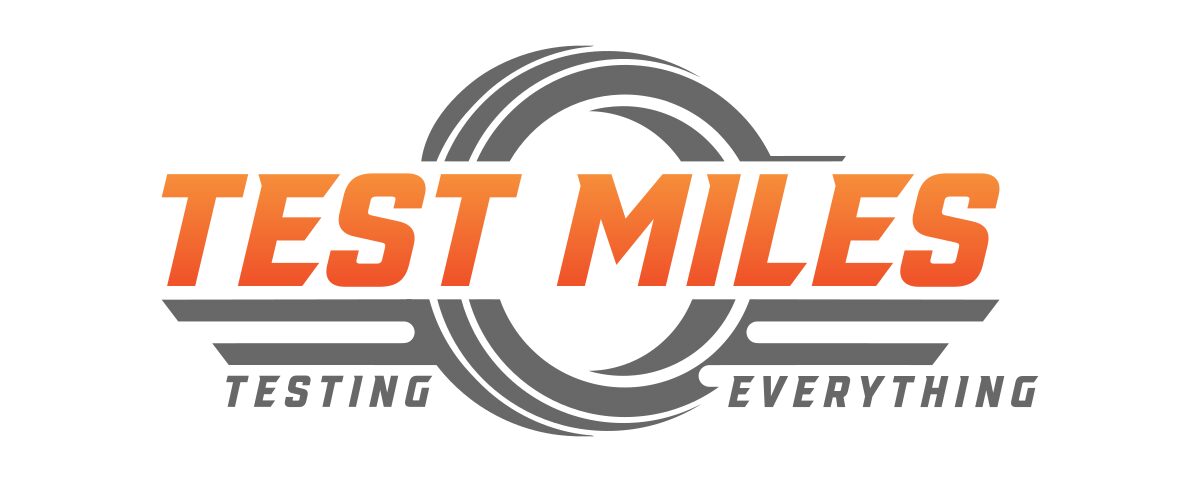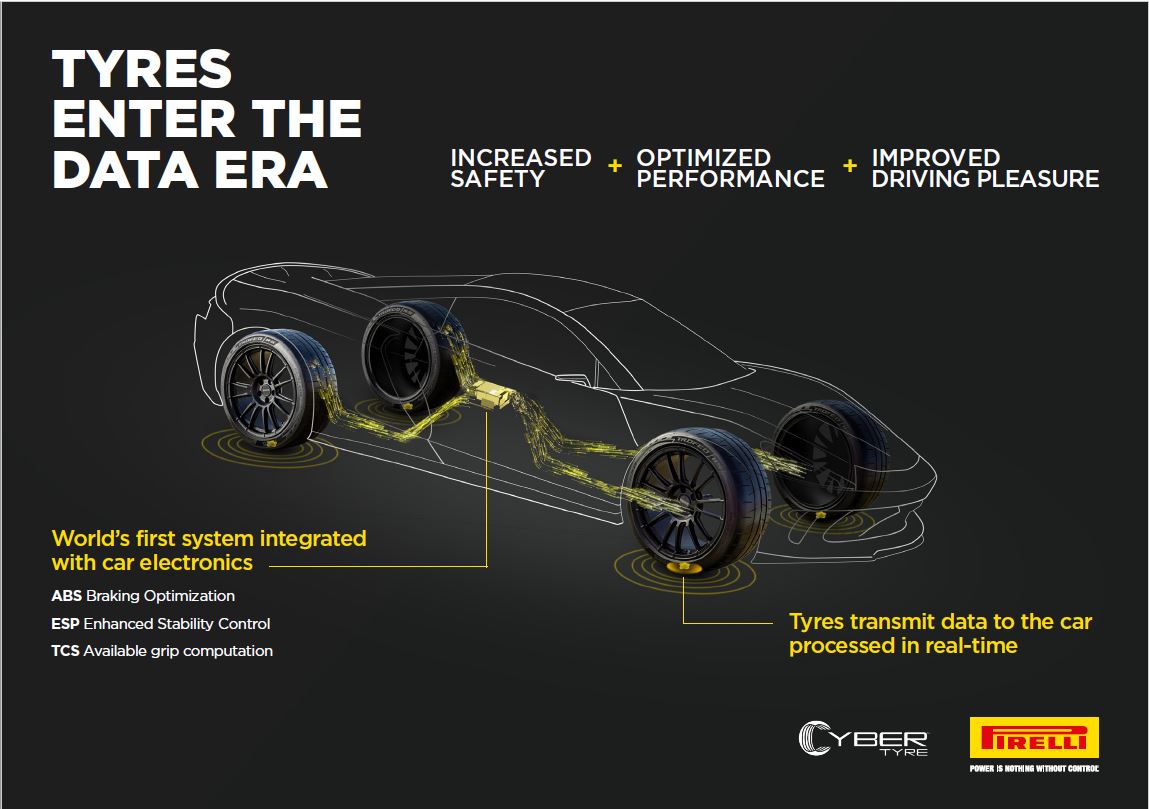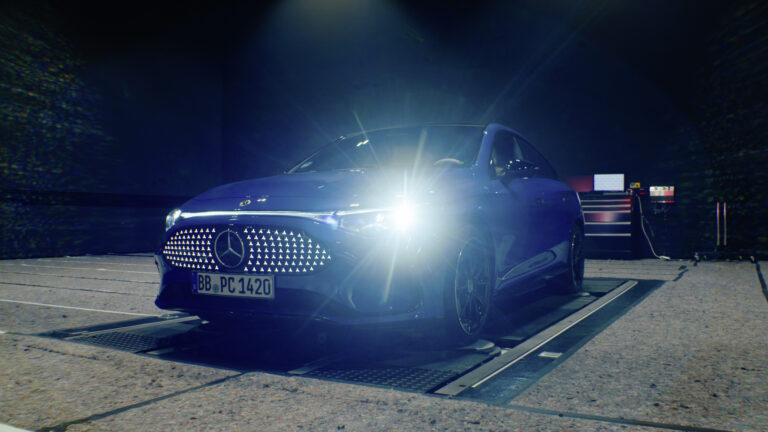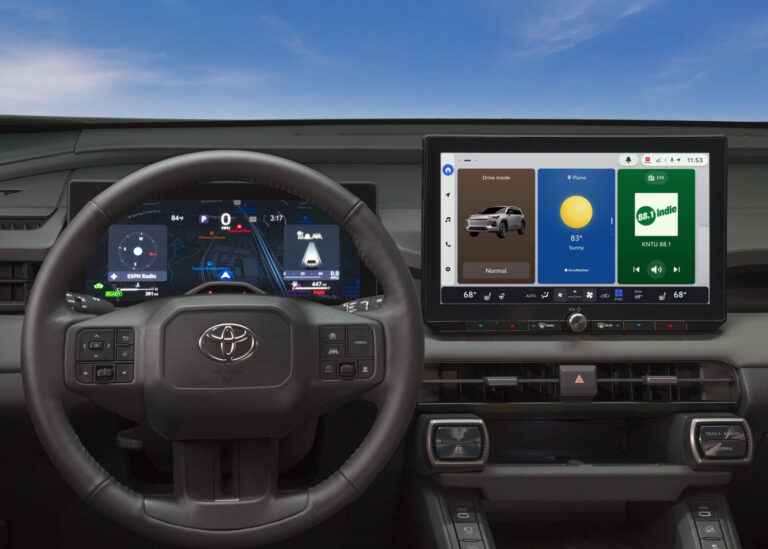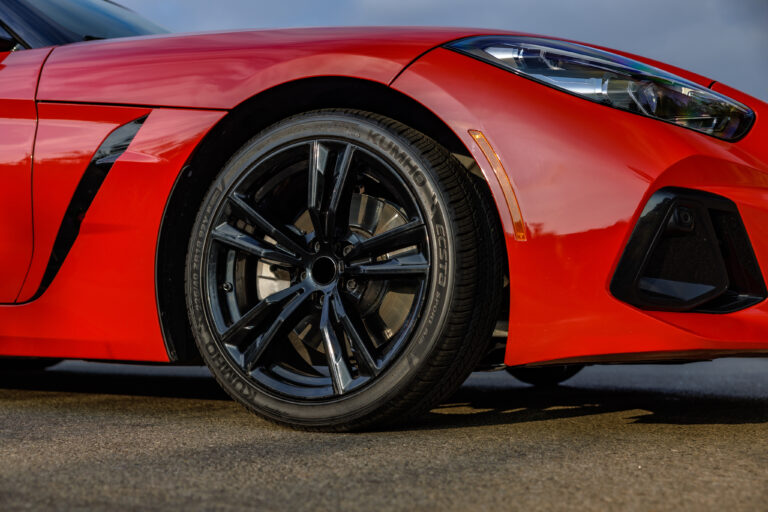Pirelli Cyber Tyre: the tyre tech redefining connectivity
Pirelli Cyber Tyre leads innovation in smart mobility with V2X tyre technology enhancing safety, performance and connected-car control.
How tyre intelligence is becoming as important as the powertrain
In a world where electrification, connectivity and autonomous systems dominate automotive headlines, the humble tyre rarely gets the spotlight. That changes now with the announcement that Pirelli’s Cyber Tyre system has been awarded “Vehicle-to-Everything (V2X) Innovation of the Year” at the Autotech Breakthrough Awards 2025. The significance is far more than a PR trophy: by embedding sensors and data exchange into the tyre, Pirelli is positioning tread and rubber as mission-critical hardware in a software-defined vehicle ecosystem.
You may also like: 2025 Mitsubishi Outlander: A Family SUV That Delivers Value
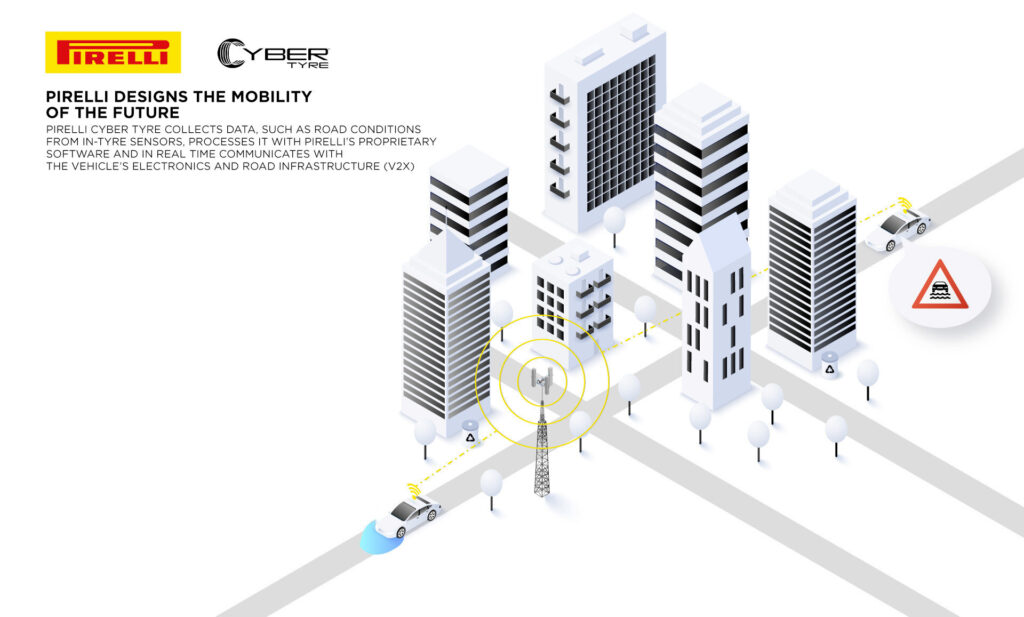
Why does this matter right now?
The timing could not be better. The automotive industry is grappling with major shifts: electrification, advanced driver-assistance systems (ADAS), vehicle-to-everything (V2X) connectivity and the software-defined vehicle (SDV) paradigm are all front and centre. According to a report from Gartner, for example, EV shipments are forecast to rise significantly in 2025. Gartner Identifies Key Automotive Trends for 2025 Pirelli’s Cyber Tyre aligns directly with these trends, offering a physical interface between the vehicle and its operating environment that many OEMs haven’t yet addressed.
By embedding sensors into the tyre tread and communicating real-time data pressure, temperature, tread-wear, load and road-surface conditions. Pirelli is turning a passive component into an active node in the vehicle control network. The data feeds into vehicle systems such as ESP, ABS and traction control, but also outward into V2V (vehicle-to-vehicle) and V2I (vehicle-to-infrastructure) channels. The press release from Pirelli confirms that the Cyber Tyre is “the world’s first intelligent system capable of collecting data directly from the tire … communicating them in real time to the vehicle’s electronics.”
This development matters because connected mobility infrastructure is accelerating. Smart roads, fleets and urban mobility systems are increasingly expected to operate with live data flows. As one overview points out: “vehicle-to-everything communication connects cars to infrastructure, pedestrians, and other vehicles.” What Is Vehicle-to-Everything (V2X) Technology? In this context, the tyre is no longer afterthought or consumable: it becomes instrumented hardware in the mobility stack.
You may also like: Century: Toyota’s Ultra-Luxury Vision Curated Lifestyle
The award from Autotech Breakthrough affirms the industry is recognising this shift not just as speculation but as real innovation. Pirelli’s CTO, Piero Misani, described the Cyber Tyre as “a key technology for the future of smart mobility, which includes autonomous driving, connected vehicles, and the digitalization of infrastructures.” The fact that the system is already in production on high-end vehicles (with plans to extend to more models) suggests the tyre’s moment has arrived.
You may also like: Mercedes-Benz Vision Iconic: Heritage Meets Innovation
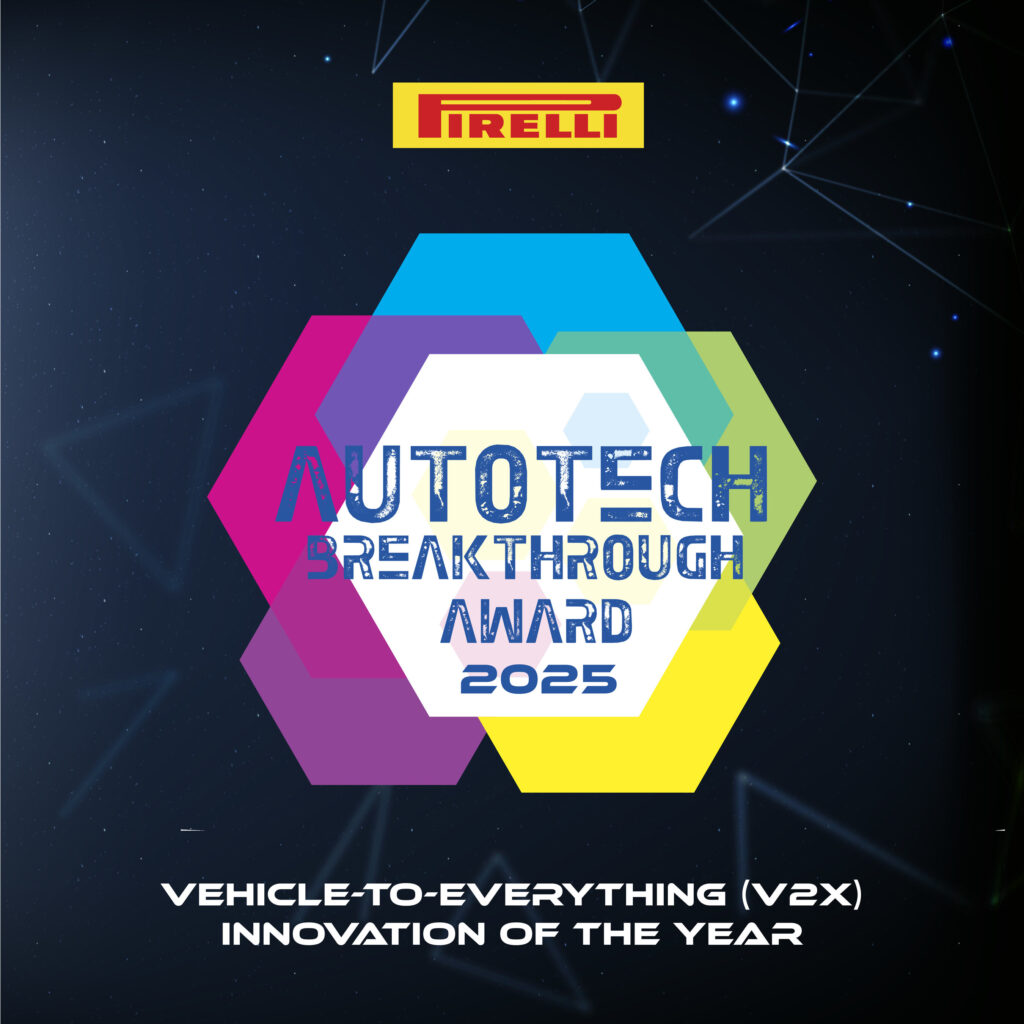
How does it compare to rivals?
When it comes to tyre tech, most tyres remain passive: we worry about grip, wear, pressure monitoring and perhaps run-flat technology or smart compounds. Few systems integrate live data streams into the vehicle’s broader control and connectivity architecture. That gives Cyber Tyre a meaningful first-mover advantage.
Competitors may offer tyre-pressure monitoring systems (TPMS) or smart compounds, but none provide the full V2X integration that Pirelli claims: sensors in the tread transmitting to vehicle electronics **and** external infrastructure networks. If you contrast this with the typical tyre upgrade path, you’ll realise how ground-breaking this is.
Of course there are questions over cost, durability and integration. Tyres are consumables by nature they wear, they degrade, they get changed. Embedding electronics invites new service, recycling and cost-structures. But in high-end OEM applications (as referenced in Pirelli’s announcement), cost is less of a barrier, and the badge effect may outweigh the servicing questions for premium buyers.
In terms of connectivity platforms, we might compare this innovation to what we see in advanced ECUs, ADAS modules or even auto-OEM sensor suites (lidar, radar etc.). Yet the tyre offers unique data: surface roughness, tread life, dynamic load changes information that cannot easily be replicated by vehicle sensors alone. This gives Pirelli’s offering a distinct margin of functional value that rivals would struggle to replicate without significant re-engineering.
You may also like: Toyota’s Winning Formula in 2025
Who is this for and who should skip it?
If you are a premium car buyer, enthusiast or fleet manager in the business of high performance, safety or connected mobility, the Cyber Tyre makes a lot of sense. You’ll value the data-driven improvements in vehicle dynamic control, the enhanced road-condition feedback and the V2X readiness. For high-end OEMs targeting autonomous driving and urban mobility platforms, Pirelli’s system offers a tangible differentiator.
For the average commuter in a standard ICE or entry-level EV, the benefits may be less compelling at least initially. Unless your vehicle already supports the required vehicle-to-everything architecture and you’re paying a premium, the incremental tyre cost (and potential servicing complexity) may not match your priorities. If your drives are mostly straightforward, or you change tyres already because of wear rather than connectivity, then you might opt to wait.
Likewise, if you are in a region or vehicle type where V2I infrastructure is minimal, the full value of the system will be muted. The connectivity promise is strongest in cities or with vehicles built around smart-mobility ecosystems; for rural or basic usage it will be less essential. In short: buy this if you want bleeding-edge mobility tech, skip it if you just need rubber that works reliably on everyday roads and doesn’t demand premium cost or integration considerations.
You may also like: 2026 RAV4 debuts Toyota Audio Multimedia with 5G
What is the long-term significance?
The long-term impact of Pirelli’s Cyber Tyre extends beyond just one tyre or one system. This is about repositioning the tyre as a sensor-node and data provider in the mobility ecosystem. That shift has broad ramifications:
First, it signals a move toward software-defined vehicles (SDVs) where every component — from wheels to infotainment — becomes integrated and smart. As one industry analysis puts it, “the software-defined vehicle depends on centralised vehicle architecture … which also enables simpler designs, lighter vehicles, and cost reductions.” Key Technology Trends in the Automotive Industry in 2025 The tyre now becomes part of that architecture.
Second, the rise of V2X connectivity means infrastructure and vehicle systems must trust and exchange data in real time. The Cyber Tyre’s ability to deliver real-time road condition and tyre performance data adds a new layer of granularity to that network. In smart-city and fleet scenarios this could enable smoother traffic flow, predictive maintenance and safer mobility networks. As noted in a technical overview of the field: V2X: Vehicle-to-Everything Solutions
Third, this innovation can influence sustainability and lifecycle thinking in tyre and vehicle manufacturing. If tyres can communicate wear and surface data more precisely, maintenance schedules may shift, replacements might become predictive, and fleet operators may manage rubber resources far more efficiently. Over time that can reduce waste, downtime and cost.
Finally, the symbolic aspect matters. Tyres have often been the unsung component of the mobility chain; by embedding intelligence there, Pirelli signals a broader disruption: mobility tech is no longer about just power, chassis or connectivity it’s about distributed intelligence across vehicle systems and infrastructure. If one component (the tyre) becomes a data-provider, others will follow.
In short, the award for “V2X Innovation of the Year” recognises more than a novel piece of hardware it heralds a shift in how vehicles and tyres will interact in an increasingly connected world. According to Pirelli’s commentary, the system is under development for a wider audience beyond prestige models; once the economies of scale kick in, this kind of smart-tyre intelligence could become mainstream.
One final thought: if cars are becoming computers on wheels and tyres are becoming sensor-nodes, the next frontier may not be which car you buy but how well its rubber communicates with your ecosystem. Tyres might soon matter more than ever not just for grip but for data.
You may also like: 2027 Chevrolet Bolt: America’s Affordable Long-Range EV
For more information, follow @nikjmiles and @testmiles on all social media platforms.
